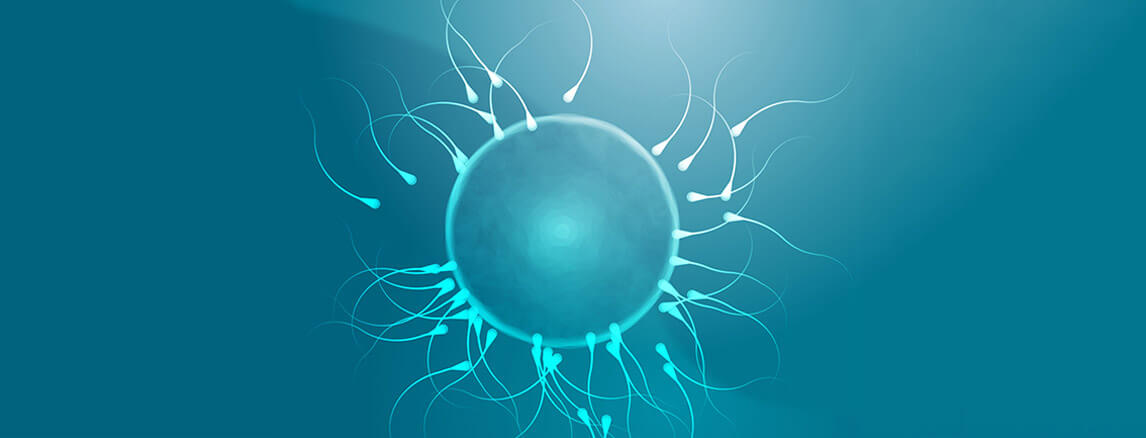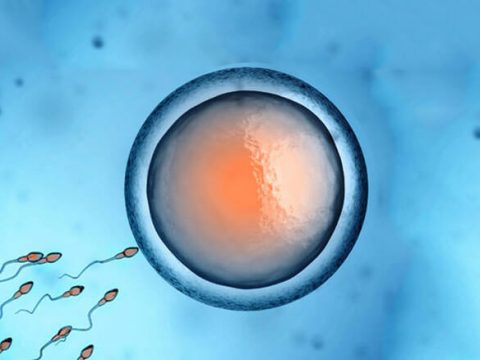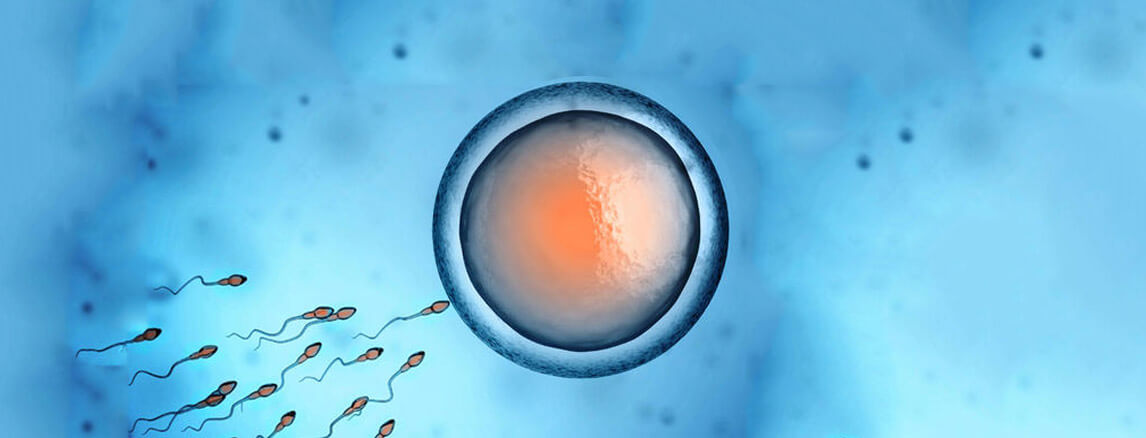
What is iui?
February 26, 2020What is ivf? IVF is a treatment method that increases the chances of getting pregnant by fertilising the woman’s egg with sperm outside her body, in vitro (literally meaning in glass). The fertilised eggs (called embryos) are then transferred into the woman’s womb after some days, in an attempt to initiate a pregnancy. IVF is a common treatment for same-sex couples, single women hoping to have kids via sperm donation and couples having difficulty with conceiving naturally.
How Does IVF Help Me?
IVF is an effective treatment that can help both men and women battling with a wide range of fertility issues. Specifically, IVF can help with:
Getting pregnant after menopause:
The onset of menopause normally means a woman can no longer get pregnant. However, through IVF, a woman can, in fact, carry a healthy pregnancy even after menopause has set in. After preparing her womb appropriately, embryos received from a donor can be transferred into her uterus. Upon successful implantation, the result is usually a successful pregnancy.
Overcoming male infertility:
While it is true that IVF helps in overcoming female infertility, it isn’t only useful for women. IVF can also help to bypass sperm-related problems (such as low sperm count or motility) causing infertility. By mixing the egg with sperm (as seen in traditional IVF) or injecting the sperm directly into the egg cell (as seen in intracytoplasmic sperm injection – a form of IVF), the chances of fertilisation are greatly increased.
IVF can also help you if:
- You’re a woman who hasn’t been able to conceive after 2 years of unprotected intercourse and you’re under 40 years.
- You’re a woman battling with endometriosis, ovulatory disorders, blocked or absent fallopian tubes, premature ovarian failure, uterine fibroids or polycystic ovarian syndrome.
- You’re struggling with a genetic disorder that can be screened out in embryos.
- You’re a single woman or a same-sex couple.
- You’ve had unsuccessful artificial insemination.
- You’re struggling with unexplained infertility.
How IVF Works
The full IVF treatment course occurs in four simple steps:

Hormonal Stimulation:
The IVF treatment commences with a period of daily hormonal drug injection. This is recommended because it increases the chances of pregnancy by inducing the production more eggs by the ovaries. This increase in the number of produced eggs (as opposed to one egg per month in the natural cycle) increases the chances of creating a larger number of embryos.

Egg collection:
About 36 hours before egg collection, you will receive an injection of human chorionic gonadotrophin (hCG). This is to ensure the maturation of the eggs in the developing follicles (egg sac). The egg collection procedure is done with the aid of a fine needle attached to a vaginal probe. The needle is passed through the vaginal wall to collect eggs from both ovaries. The process takes place under sedation and only lasts for about 30 minutes. However, you may need to rest for about an hour in the clinic before returning home. Also, due to anaesthetic effect, you won’t be able to drive, so it’ll be nice to have someone pick you up at the clinic.
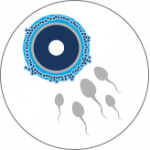
Fertilisation:
Upon successful collection, the eggs are fertilised in vitro (in a test tube or petri dish) by mixing them with about 100,000 sperm cells. If the sperm count is low, or the sperm cells have low motility, one sperm cell may be directly injected into the egg – a technique called intracytoplasmic sperm injection (ICSI).
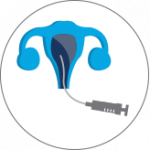
Embryo Transfer:
After successful fertilisation, several embryos are typically created. These embryos are allowed to grow in the incubator for two to five days before the best-performing ones are transferred back to the mother’s womb with the aid of a catheter. If the embryo implants successfully in the uterus, signs of pregnancy should kick in a couple of weeks.
However, it is worthy of note that implantation may not always occur after IVF. This is why the remaining embryos are preserved by freezing so that you can try again without having to repeat the whole process. After successful pregnancy, you may decide to donate the remaining embryos to other couples who are struggling to conceive or keep them preserved if you’d like to have more children down the line.
Common Risks Associated with IVF
IVF, like any other procedure, does come with certain risks, including:
Ovarian Hyperstimulation Syndrome:
Using fertility drugs to control ovulation can result in ovarian hyperstimulation syndrome (OHS) on rare occasions. OHS comes with symptoms such as vomiting, abdominal pain, diarrhoea, nausea and bloating. These symptoms typically pass within a week, but if pregnancy sets in, it may persist for several weeks.
Stress:
IVF can prove very stressful for many couples, not only physically, but also emotionally and financially. This is why patients are encouraged to accept whatever level of support provided by friends, family and partners through the course of the treatment. We also provide counselling support and are always ready to help and guide you through the entire process.
Multiple Pregnancies:
Multiple pregnancies are a major risk associated with many fertility treatments including IVF. This is mainly due to the transfer of multiple embryos into the woman’s womb in an attempt to increase the chances of conception. Multiple pregnancies can increase the chances of a stillbirth or an unhealthy child. It may also pose some danger to the mother who may experience complications such as pre-eclampsia, high blood pressure and late miscarriage. Statistically speaking, one out of every five IVF pregnancies yields multiple pregnancies, as opposed to a one in eighty chance witnessed in natural conception. We generally recommend a single-embryo transfer to reduce the risk of multiple pregnancies. If the embryos are of a high-quality, then transferring a single one doesn’t necessarily reduce the chances of conception.
Miscarriages:
In normal cases, when fresh embryos are used for IVF, the rate of miscarriage is 15 – 25%, which is very similar to what is witnessed in natural conception; however, as the woman gets older, the rate of miscarriage tends to increase.


